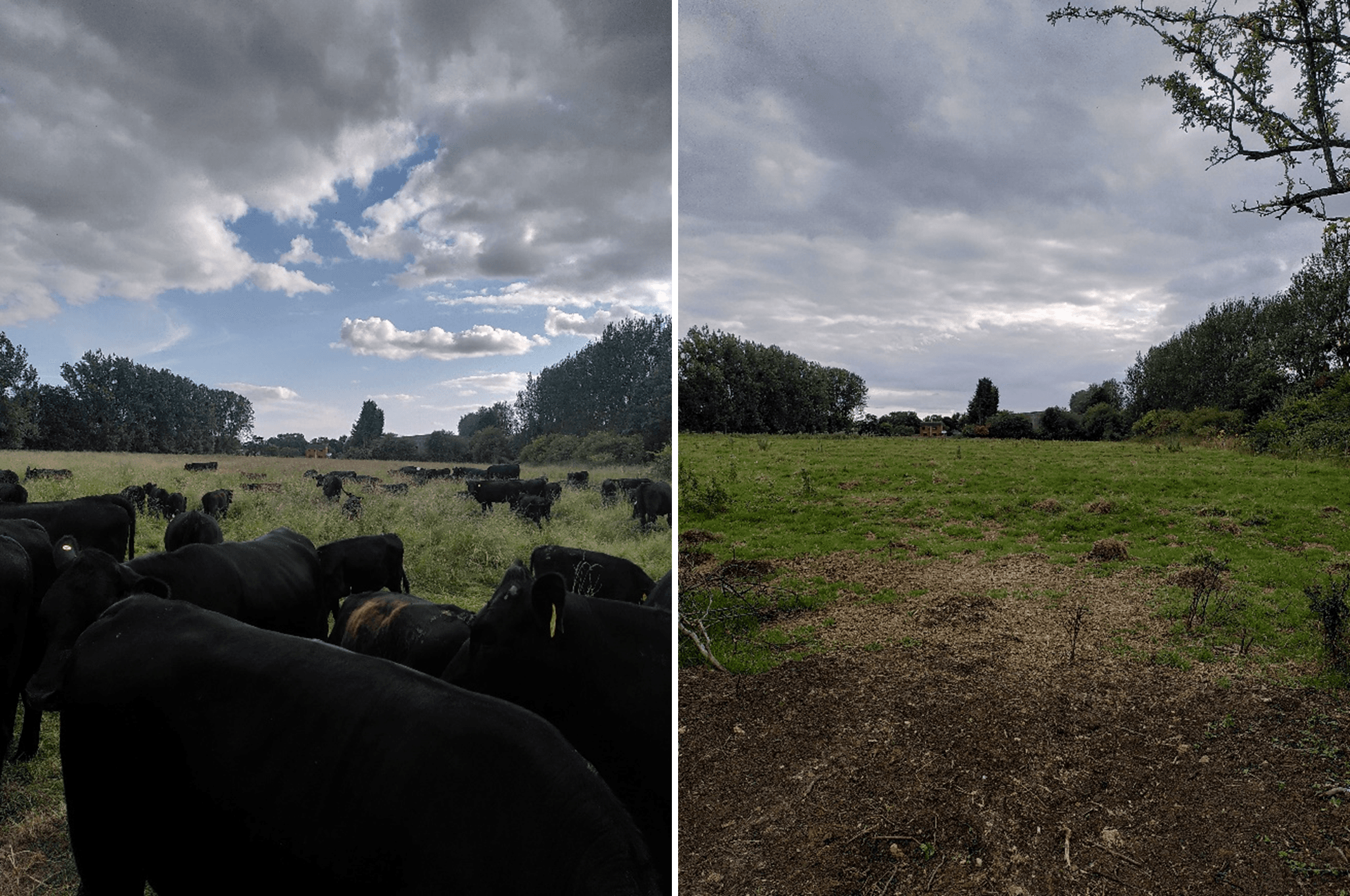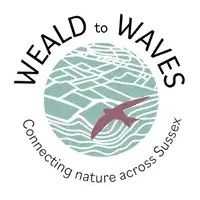An Introduction to Mob Grazing
By Ryan Ellis - 06 August 2024
Born into a family of conventional farmers, I remember discussing ideas with my father when I was just a boy about how to increase the productivity of our permanent pastures. I remember saying how the grass was being suffocated by all the buttercups – weeds to me back then. Over time, as I grew older, I started to learn the ecology of our countryside and the value I had for our landscape started to evolve. I started to see more than just cattle and sheep fodder, but all the other species that coexisted in a network of ecological relationships. My journey of finding ways to rear livestock in a way that supports biodiversity, without losing productivity, had started. I later found Allan Savory’s work on Holistic Management. Inspired, I then tried mob grazing with my own flock of sheep and was astonished by the results and by their change in grazing behaviour, quickly realising the power of this technique.
Introduction to mob grazing
Mob grazing is a regenerative grazing technique used by livestock farmers. Instead of conventionally set stocking a field, where livestock are given a large area to graze for an extended period of time (perhaps for many weeks or months), the mob (herd or flock) is given a relatively small area to graze at a time, for only a short period of time. This is a grazing technique that mimics natural grazing behaviour of wild herds, which restores many ecological processes. By working with nature, supported by these ecological processes, farmers and their livestock can realise many benefits. From more efficient pasture utilisation and ‘weed’ control, to improved drought resilience and carbon sequestration (and much more!), all will be discussed through this article series on mob grazing for regenerative farming.
The fundamentals of mob grazing
Fundamentally, mob grazing is a grazing practise by which livestock are rotated around the farm, permitted to only graze a relatively small area of a very short duration, with long rest intervals between grazing rotations. Allowing the pasture a long rest interval lets the pasture fully recover, ensuring no pasture is overgrazed. When being grazed, each field can be divided into smaller paddocks using temporary electric fence, if necessary. Typically, livestock are given new paddocks every one to four days, longer than this and the regrowth will start to be inhibited. Rest intervals are anywhere from around 21 days to 120 days, depending on the season. In this way, mob grazing seeks to mimic the natural grazing behaviour of wild herds of large herbivores, for a more sustainable, ecological, and often more productive, method of rearing livestock.
What are some of the benefits of mob grazing?
Mob grazing brings many benefits to both the farmer and their livestock. Sufficient recovery periods between grazing rotations can grow significantly more forage, capable of feeding more livestock. More uniform grazing and trampling, results in better pasture utilisation and ‘weed’ control. Frequent moves onto clean pasture help to reduce foot infections and lameness, while grazing taller grass helps to reduce worm burdens. Greater plant health and biodiversity results in healthier livestock, as well as better quality habitat for greater biodiversity above ground as well as below ground. A healthy soil structure and complex functioning soil biology leads to greater drought and flood resilience, as well as carbon and nitrogen sequestration. By working with nature to optimise ecosystem processes that benefit both farming and the environment, mob grazing is an approach to livestock management that can not only reduce labour and liability, but increase productivity and profitability.

An example of what mob grazing can look like. Left: 120 head of cattle (Aberdeen Angus X Holstein stores), being mob grazed on a 3.5 hectare paddock for several days at the end of June – notice the grass as tall as the cattle! Right: Same paddock, after 29 days of rest, the sward is regrowing evenly from an even pasture utilisation.
Ryan Ellis, Landscape Advisor for Weald to Waves.

